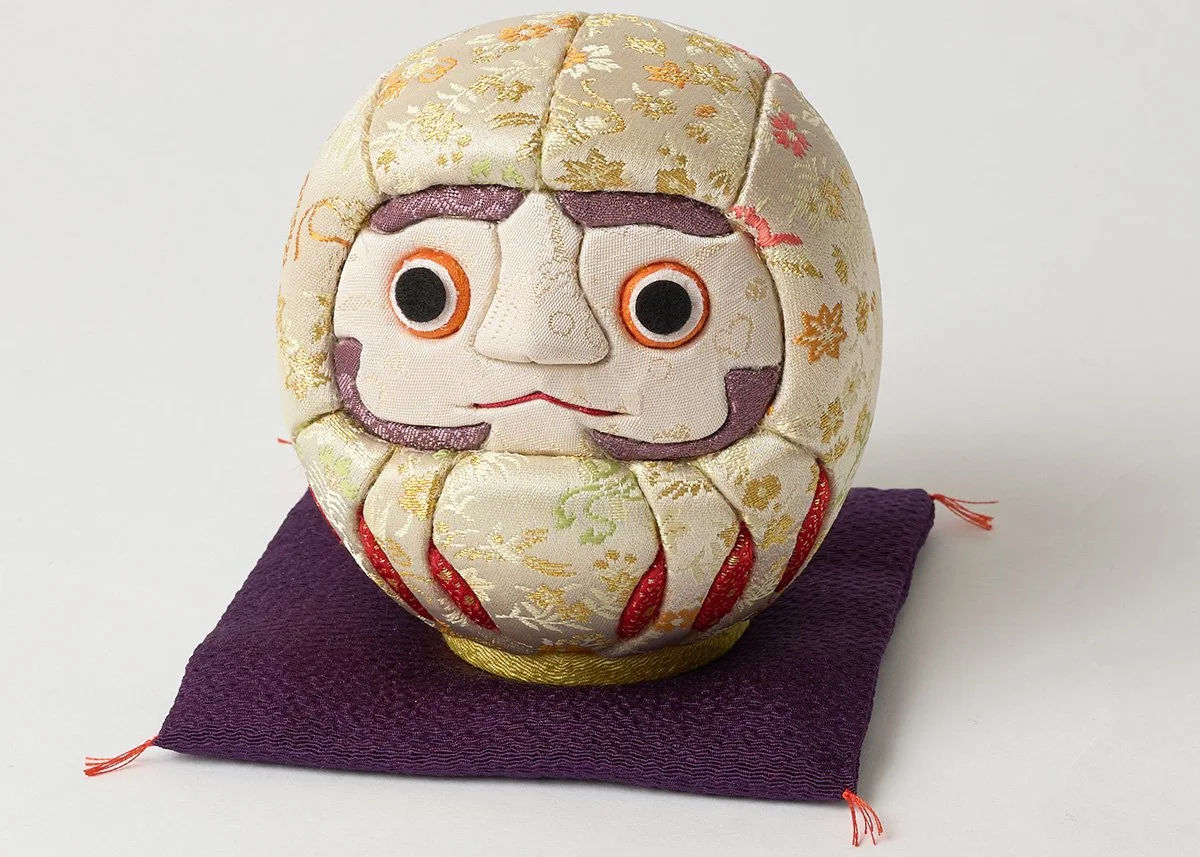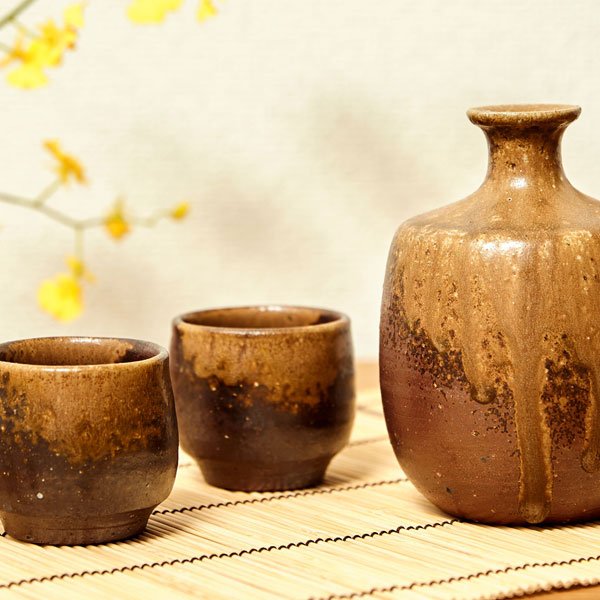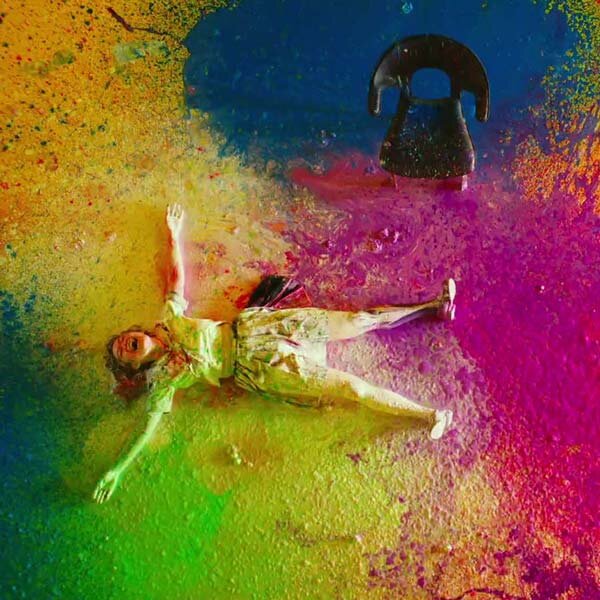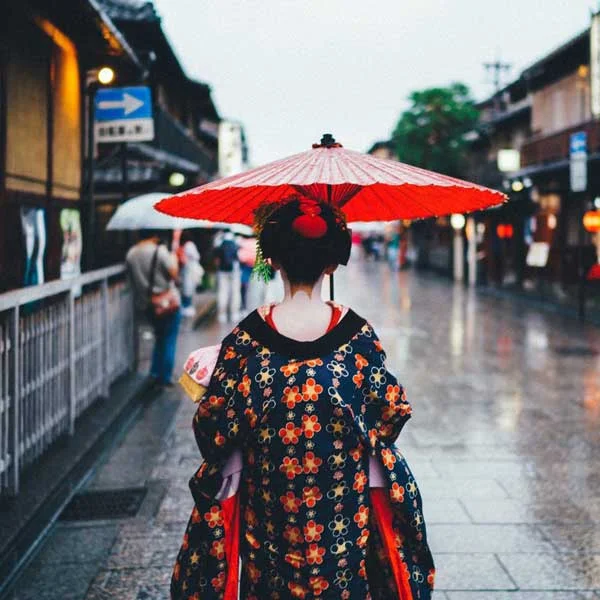What are Daruma? 6 Things to Know about Daruma Dolls
by Tabitha Wilders | CRAFT
© City of Takasaki, Daruma
You might not think you know what Japanese Daruma dolls are, but trust us, you've seen them around. Maybe perched on a shelf in a sushi restaurant, popping up in an anime, or chilling at a temple in a movie scene. They're those round, wide-eyed dolls with a whole lot of personality.
Daruma dolls are one of Japan’s most beloved good luck charms and way more than just a cute souvenir. So, what’s the story behind these little, but significant, legends? Stick around and find out everything worth knowing about Daruma dolls.
Oh, and don’t miss our Daruma goodies at the end. You might just find your next lucky charm!
1. What is a Daruma?
© Japan Objects, Daruma
Daruma dolls are one of Japan’s most beloved good luck charms. Round, roly-poly, and full of meaning. Inspired by Bodhidharma, a 5th-century Chinese monk who founded Chan Buddhism (the predecessor of Japan’s Zen Buddhism), these dolls are all about persistence, focus, and never giving up.
Today, Daruma are cherished in homes, shops, and temples across Japan as symbols of good fortune and personal goals. The tradition is simple but powerful: when you get a Daruma, you make a wish or set a goal, then color in one of its blank eyes (usually the left one, but it’s totally up to you!). The Daruma stares at you - quite literally - until you’ve made that wish come true. Then, you fill in the second eye to mark your success.
They’re found just about everywhere. From market stalls to souvenir shops to spiritual spots, reminding people to stay focused and keep moving forward. Whether you're hoping to pass an exam, land a dream job, or just stick to your goals, a Daruma’s got your back.
2. What is the Meaning of Daruma?
© Japan Objects, Daruma
More than just a quirky round doll, the Daruma is a deep-rooted symbol of resilience, renewal, and spiritual focus in Japanese culture. Daruma dolls embody the Japanese idiom of “fall down seven times, get up eight”- a nod to the doll’s design that always springs back upright when pushed over.
Traditionally, a Daruma begins its journey when someone sets a personal goal or wish. One eye is colored in to mark the intention, while the other remains blank until the goal is fulfilled. It serves as a constant reminder, staring you down with purpose until you make that dream a reality.
But Daruma aren’t meant to sit on the shelf forever. As the year draws to a close, many people return their dolls to temples in a ceremony called Daruma Kuyo. This isn’t just any return. It’s a cleansing ritual of gratitude and release. At these ceremonies, old Daruma are respectfully burned in large bonfires, often accompanied by chants or blessings from monks. It’s both a farewell to the efforts of the past year and an invitation for new intentions in the year ahead.
© Yoshida Daruma, Daruma
Some temples even allow people to write their wishes or reflections on the Daruma before it’s burned, turning it into a powerful spiritual time capsule. Afterward, many pick out a fresh Daruma and start the cycle again, filled with renewed motivation.
© City of Takasaki, Daruma Kuyo
Beyond New Year’s, Daruma are also popular during election seasons (many politicians are known to use them as goal markers), exam periods, and personal milestones like launching a business or recovering from illness.
So, while Daruma might look simple at first glance, they’re packed with meaning, mindfulness, and a bit of magic. One determined eye at a time.
3. Why Do Daruma Have Their Distinctive Look?
Bodhidharma Crossing the Yangzi River on a Reed, Kano Soshu, 16th Century, Met Museum
The Daruma’s unique design is rooted in legend and symbolism. Its limbless form comes from the tale that the monk credited with founding Zen Buddhism meditated for nine years so intensely that his arms and legs withered away. That’s why Daruma dolls are all head and torso: they represent unwavering focus and discipline.
The bright red color is linked to Bodhidharma’s traditional robes and is also a symbol of luck, prosperity, and protection in East Asian cultures. Nowadays, Daruma come in a rainbow of colors, not for deeper meaning, but simply to let people pick their favorite.
Every detail on the doll has purpose:
Its rounded shape means it always springs back when pushed, echoing the Japanese saying, “fall seven times, stand up eight.”
The eyes start blank. One is filled in when you make a wish, the other when it comes true.
The eyebrows and beard are drawn to resemble a crane and turtle, animals that symbolize longevity and good fortune.
Gold kanji on the front often reads fuku-iri, meaning “bringing luck.”
Altogether, the Daruma is a mix of folklore, spiritual symbolism, and everyday motivation, wrapped up in one unforgettable face.
4. Daruma in Pop Culture
Daruma dolls aren’t just hanging out on altars or chilling in souvenir shops- they’ve made their way into just about every corner of Japanese pop culture. From classic playground games to anime and even Pokémon, these lucky little legends are everywhere. Let’s look at some fun ways Daruma have rolled into everyday life.
Daruma Otoshi
Ever seen a stack of colorful wooden blocks topped with a Daruma head and thought, “What’s that all about?” That’s Daruma Otoshi, a traditional Japanese game that’s basically the wooden toy version of pulling out a tablecloth without smashing the dishes. The goal? Use a tiny hammer to knock out the blocks one by one without toppling the whole thing. It’s all about precision, speed, and not blinking at the wrong moment. Super fun, a little nerve-wracking, and great for kids (and adults!) who like a challenge.
Daruma-san ga Koronda
If you’ve ever played Red Light, Green Light, you already know how this one works. In Daruma-san ga Koronda (which literally means Mr. Daruma fell over!), one player stands at the front and shouts the phrase while the others sneak closer behind them. The moment they turn around-a freeze! Anyone caught moving is out. It’s a playground classic in Japan, and yes, Daruma gets the star role in the game’s name. Creepy? A little. Fun? Definitely.
Daruma in Pokemon
© Nintendo, Darmanitan
Pokemon fans, you’ve definitely met this fiery friend. Darmanitan (or Hihidaruma in Japanese) is basically a Daruma with arms, legs, and some serious attitude. Introduced in Pokemon Black and White, this fire-type Pokemon channels the traditional Daruma look — round body, intense eyes, bright red color — and even has a Zen Mode where it tucks in its limbs and fully embraces its Daruma roots. Its pre-evolution, Darumaka, is a smaller, chubbier version and is literally called the “Zen Charm Pokemon.” Adorable and powerful? Yes, please.
Daruma in Spirited Away
© Studio Ghibli, Spirited Away
Remember the three bouncing green heads in Spirited Away that hang around Yubaba’s office? Those guys — called Kashira — give off Daruma vibes. With their beady eyes, big heads, and no bodies in sight, they’re basically spooky Daruma cousins. They might not bring good luck (and they’re kinda weird, let’s be honest), but their design is clearly inspired by the traditional Daruma look.
5. Where Are Daruma Made?
© Yoshida Daruma, Making Daruma
The heart of Daruma doll production lies in Takasaki, a city in Gunma Prefecture in Japan’s Kanto region. Specifically, the Toyo-oka and Yawata areas of Takasaki are known as the epicenter of this traditional craft. Remarkably, over 80% of all Daruma dolls distributed throughout Japan are made here, making the city the undisputed center of Daruma craftsmanship.
The origins of Daruma production in Takasaki date back to the 17th century, when local farmers began crafting the dolls to be blessed by passing monks. In those days, the dolls were symbols of good fortune, believed to help ensure a successful harvest, an essential hope in a farming community. This custom gave rise to a rich tradition that continues in Takasaki to this day.
© Yoshida Daruma, Painting Daruma
The region’s Daruma-making heritage spans about 200 years, and the craft has remained largely unchanged, relying on traditional papier-mâché techniques passed down through generations. The Shorinzan Daruma-ji Temple, closely associated with this history, began selling the dolls around 220 years ago and still hosts an annual Daruma Market. About a century ago, it also became a tradition for visitors to leave their Daruma dolls around the temple grounds, creating a striking and symbolic display of hopes and wishes.
While Daruma dolls are now sold across Japan, most still come from this deeply historical and culturally significant town, where craftsmanship and spiritual tradition remain intertwined.
6. How Are Daruma Made?
© Japan Objects, Daruma
While Takasaki remains the historic center of Daruma production, modern ateliers like Kakinuma Ningyo are reinterpreting the craft for today’s world. At Kakinuma Ningyo, one of Japan’s most respected traditional doll studios, Daruma dolls are crafted through a meticulous process that blends time-honored techniques with modern technology.
You can now find their beautifully crafted Daruma in our Japan Objects Store, offering a contemporary take on this iconic symbol of resilience and good fortune.
Each Daruma begins as a hollow form made using papier-mâché, often from recycled materials like egg trays and cardboard. In the past, artisans would manually layer washi paper over a wooden mold, allowing it to dry before cutting it free. While the essence of this craft remains, Kakinuma Ningyo employs a more refined approach.
© Japan Objects, Daruma
Today, a pre-made mold that is crafted from durable materials like wood, clay, or metal is dipped into a liquid papier-mâché mixture. A vacuum pump then suctions out the air, allowing the mixture to tightly form around the mold. Once dried, the hollow body is carefully removed, weighted with clay, and hand-painted with delicate facial features and decorative details.
Kakinuma Ningyo is especially known for pushing creative boundaries while honoring tradition. Alongside classic red Daruma, the studio produces modern variations in unique colors and finishes, appealing to both collectors and design lovers alike.
These beautifully made Daruma from Kakinuma Ningyo are available through Japan Objects Store, allowing you to bring home a piece of Japanese craftsmanship rooted in over two centuries of tradition.


















LIFESTYLE | July 28, 2023